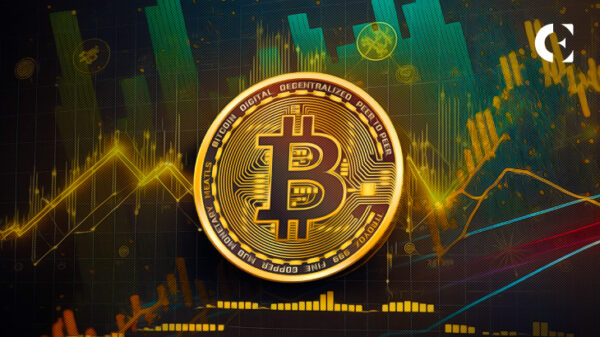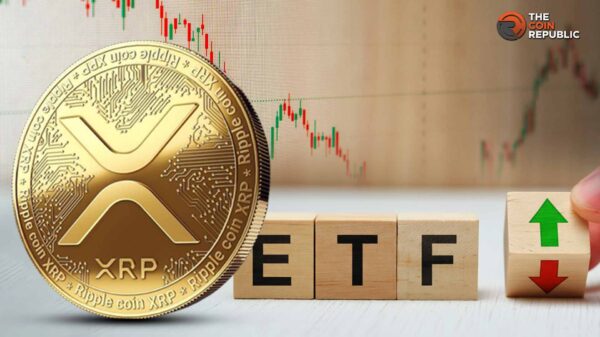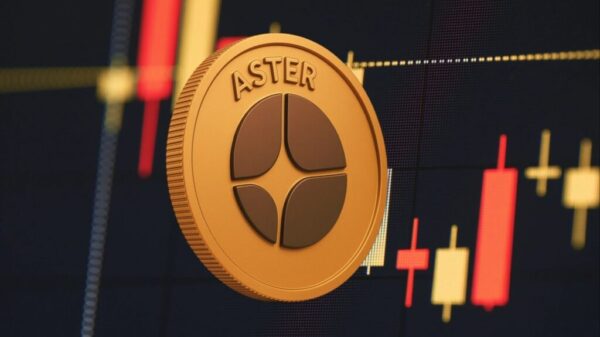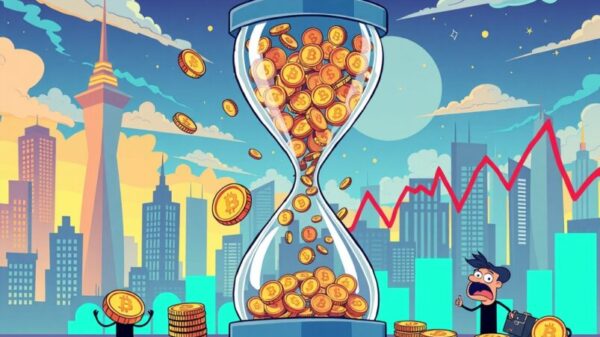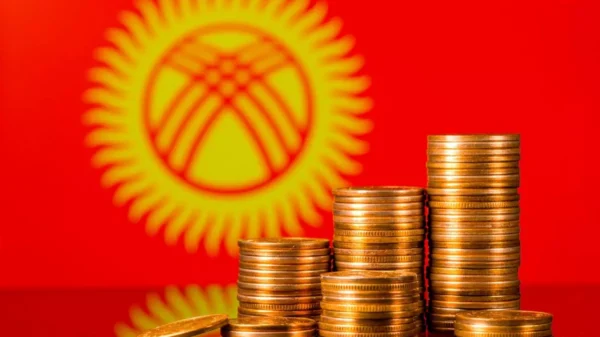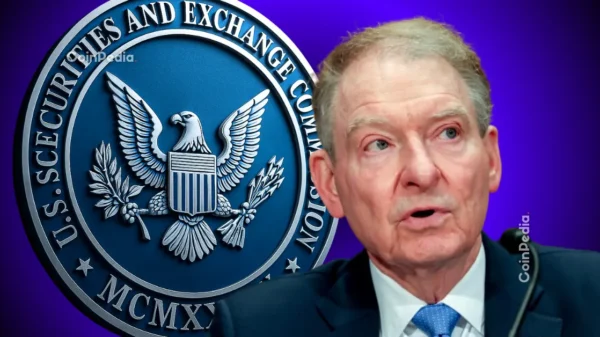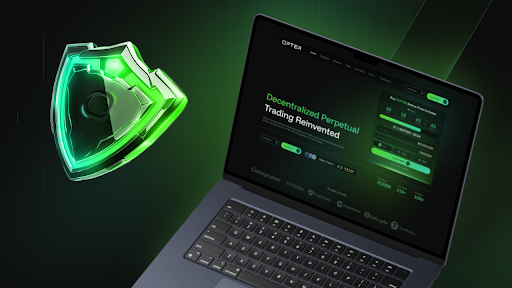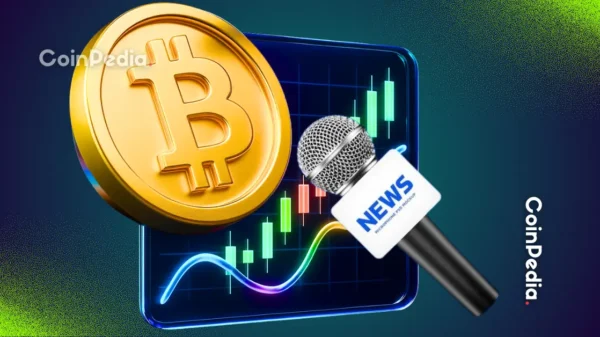The cryptocurrency market is filled with dramatic tales of significant gains and devastating losses. As traders navigate this unpredictable landscape, one crucial lesson stands out: while making profits is rewarding, avoiding losses is paramount. With the market hinting at a potential turnaround, economist and trader Alex Krüger emphasizes the importance of caution over chasing fleeting trends.
To thrive in this tumultuous environment, Krüger outlines four essential habits that can help traders maintain their capital. First and foremost, he advises to buy dips rather than succumbing to the hype of headlines. Historical trends reveal that substantial gains often follow periods of market panic. For example, during Bitcoin”s significant downturn in May 2025, a staggering $220 million in long positions were liquidated in just one hour. Those with sufficient liquidity to purchase during these downturns often reaped the rewards of subsequent recoveries, while those who bought into the excitement of rising prices faced substantial losses.
Secondly, Krüger emphasizes the need for patience. The crypto market can be chaotic, but patience is a trader”s greatest ally. Statistics indicate that investors who hold onto their Bitcoin for extended periods typically outperform those who engage in frequent trading. This strategy is particularly effective during bear markets, where major price corrections may take 12 to 18 months to stabilize. Investors who view downturns as opportunities rather than crises tend to see better long-term results.
A third recommendation is to steer clear of memecoins and high-issuance venture capital tokens. While tales of quick riches from meme tokens circulate, the reality is that the vast majority of investors end up with worthless assets. In 2025 alone, memecoin volatility reached extreme levels, with significant price fluctuations and numerous scams leading to billions in losses. Moreover, the SEC has flagged a majority of new meme launches as potentially fraudulent or insecure. High-issuance tokens are similarly risky, as many receive little to no safety audits, leaving latecomers vulnerable to sharp declines.
Lastly, Krüger warns against FOMO (fear of missing out). A recent survey by Kraken revealed that over 60% of retail traders acknowledged that FOMO has negatively impacted their trading outcomes. Alarmingly, 84% of new crypto investors found themselves in the red during their first year, often due to impulsive decisions. Successful traders understand that missing out on potential gains is preferable to rushing into decisions that might lead to losses.
In conclusion, navigating the cryptocurrency landscape requires a blend of discipline and strategic thinking. As Krüger succinctly puts it, while making money may fluctuate, preserving it is what truly matters. By focusing on buying during dips, exercising patience, avoiding speculative investments, and resisting the urge to make impulsive decisions, traders can enhance their chances of success in this volatile market.








